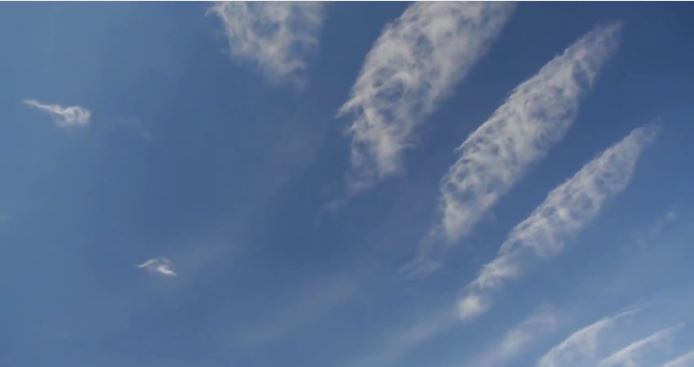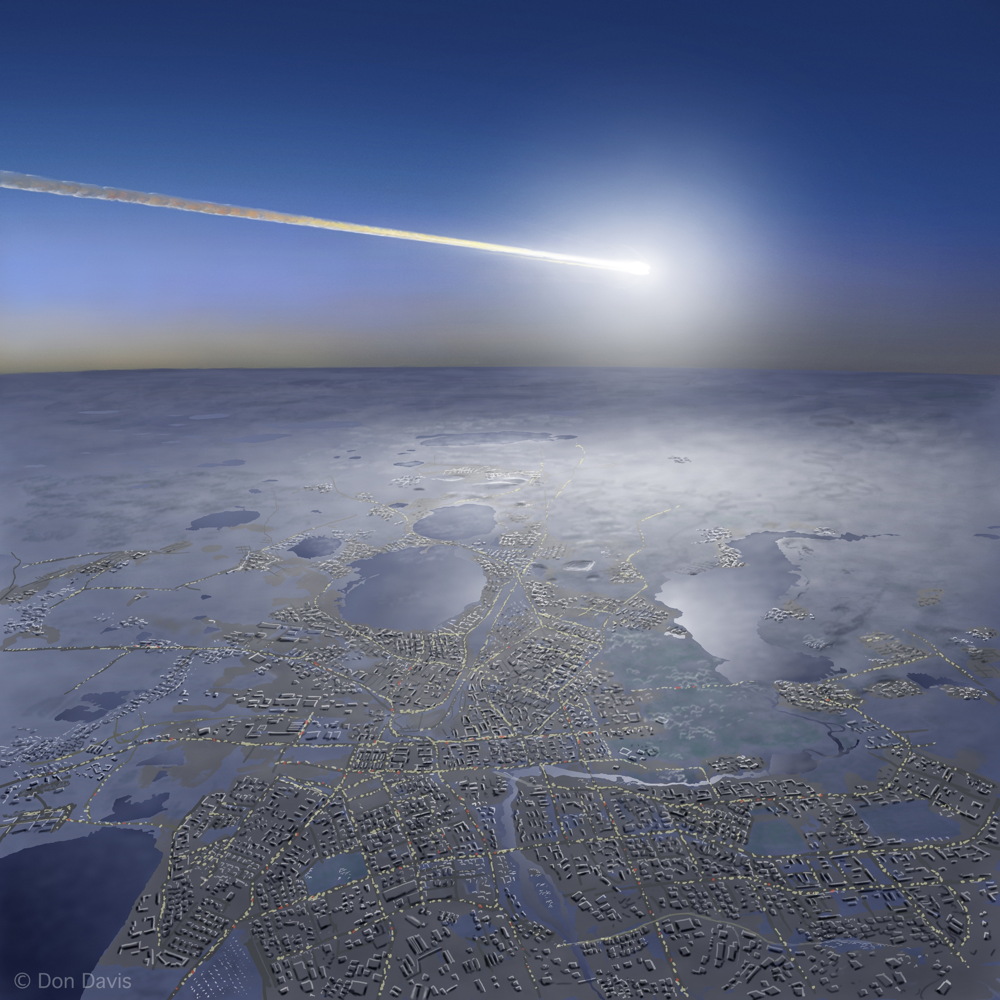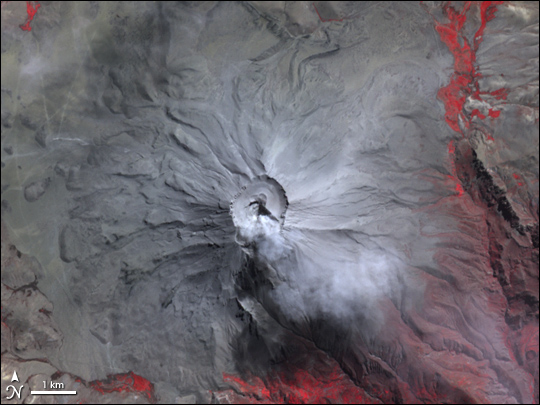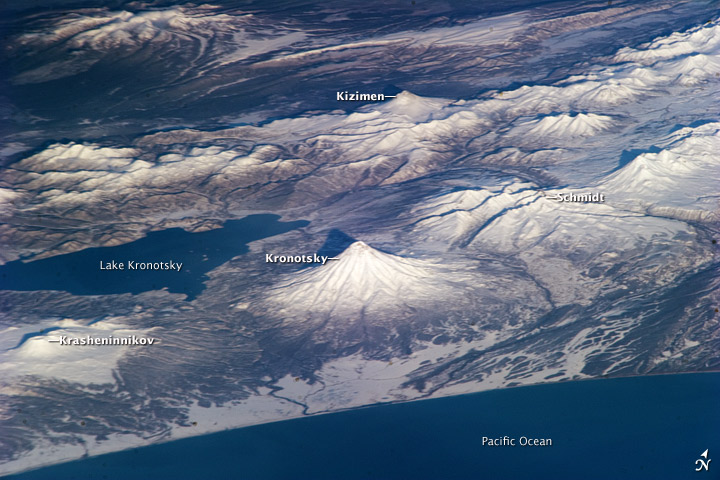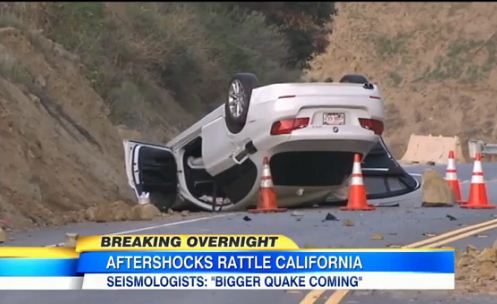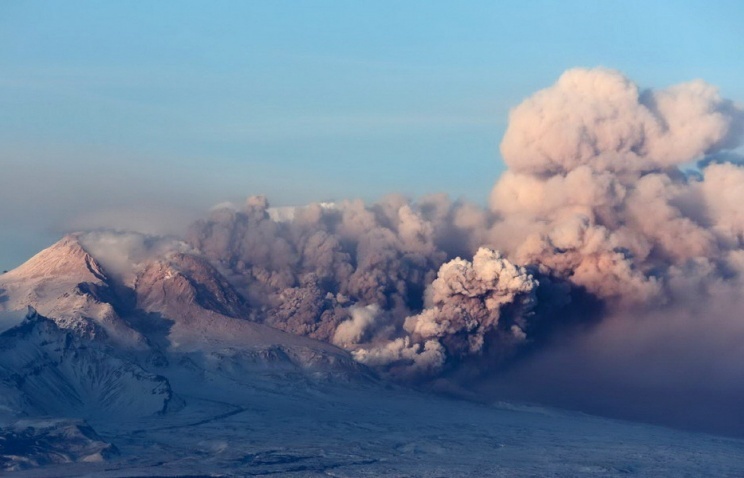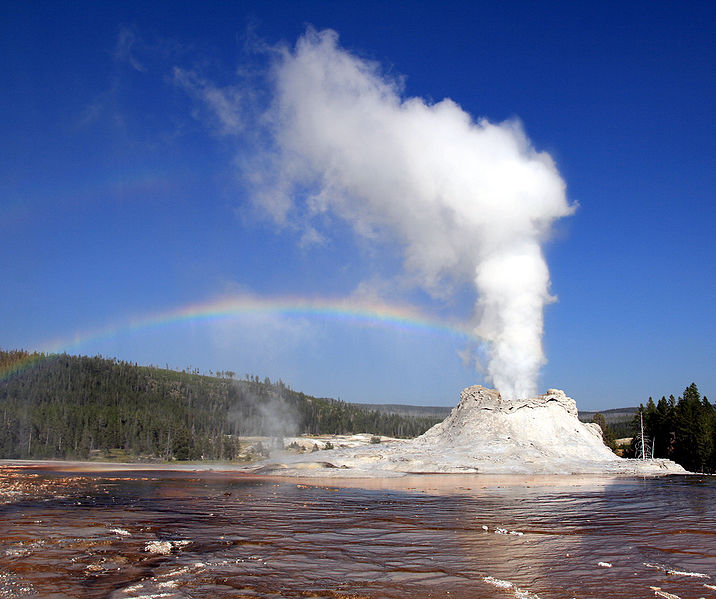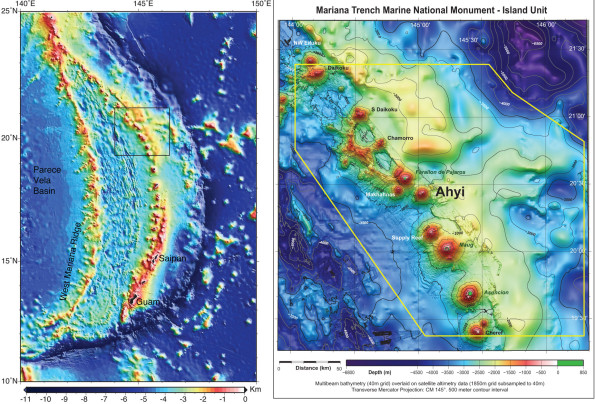
The seismic signals almost certainly herald an eruption. In fact, submarine explosions were heard by scuba divers who are conducting coral reef research in the area. The divers even felt the shock waves from the explosions, and one of the most powerful ones reverberated through the hull of the NOAA base ship, Hi'ialakai, leading the crew to think something had happened to the ship. Shipboard personnel also reported a large sulfur slick on the southeast coastline of Farallon de Pajaros.
Unfortunately, the ship had to leave the area under threat of an advancing typhoon. If they can get back to the vicinity soon, they may be able to investigate the source of the explosions with great caution, keeping in close contact with U.S. Geological Survey (USGS) and CNMI emergency management personnel, who are monitoring the seismicity.
The CNMI emergency management office and the volcano observatories of the USGS have been working together for over 30 years to establish volcano monitoring networks and assess volcanic hazards in the Mariana Islands.
